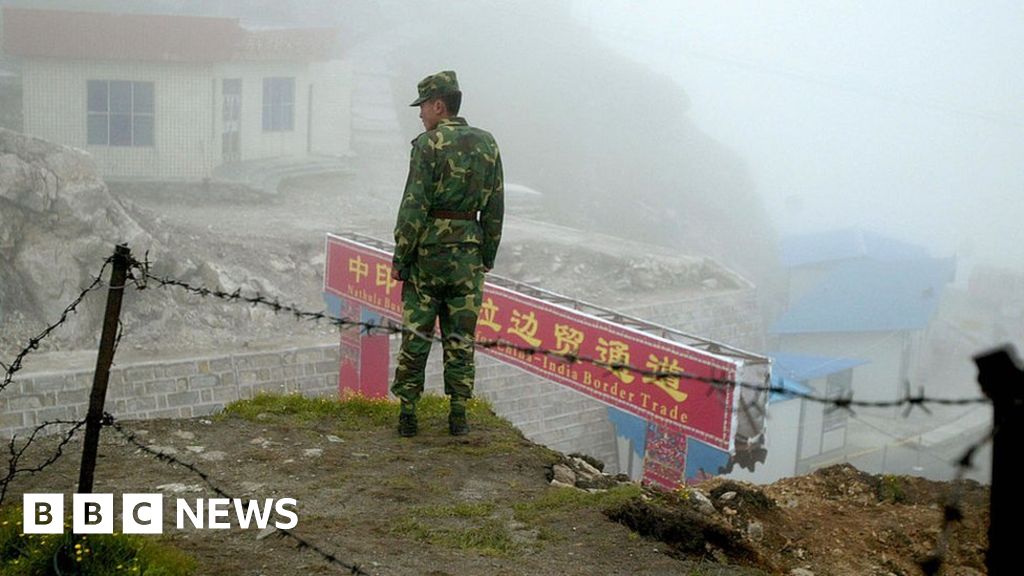China's bewilderingly quick construction of airfields atop man-made islands in the South China Sea, as well as its extra-territorial claims over that body of water, have grabbed headlines for years and the issue remains one of the most significant strategic and geopolitical problems of our time. Yet another far less discussed, but similar strategic expansion is underway in the western reaches of the Chinese mainland, which has gotten much less attention, yet it isn't all that less concerning. Beijing's remarkable blitz on airfield and other military-related construction in this remote region coincides with escalating tensions with its neighbor, India.
Just a year ago to the day, a clash along the Line Of Actual Control in the Galwan Valley between Chinese and Indian troops ended with dozens dead. While it was one of a long list of
violent clashes over the years along various disputed portions of the border between the two countries, many saw this particular incident as a strategic turning point for both sides, but especially for the ever more powerful China.
Fast forward a year, and China's heavy investment in airpower-related facilities in the region is already being leveraged by the Chinese People's Liberation Army Air Force (PLAAF), as evidenced by
an unprecedented level of activity along the Sino-Indian border as of late. This is in addition to massive growth in ground-based air defenses, as well as the construction of new fortifications, heliports, and rail lines into the area. As such, there is more going on here than just some defensive upgrades and the strategic implications are potentially severe.








